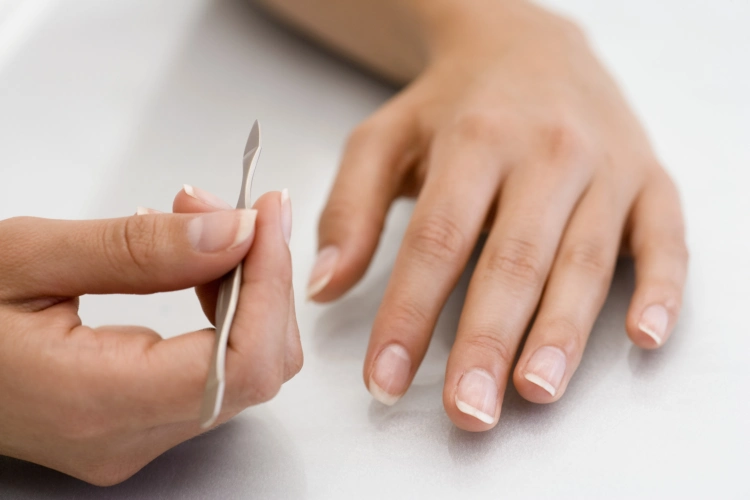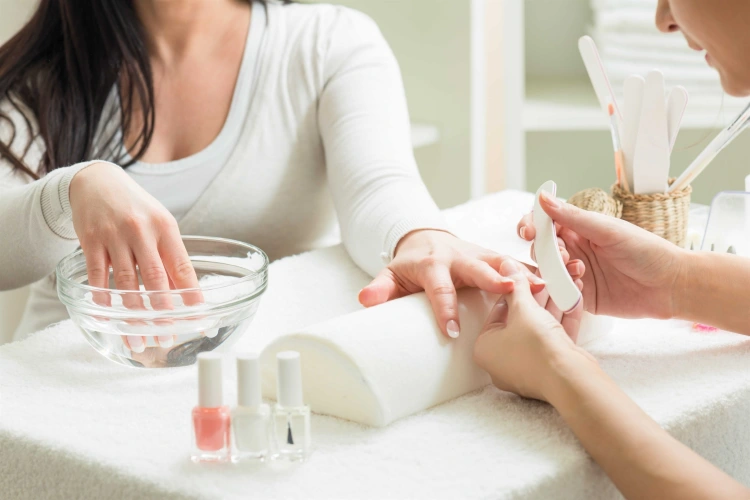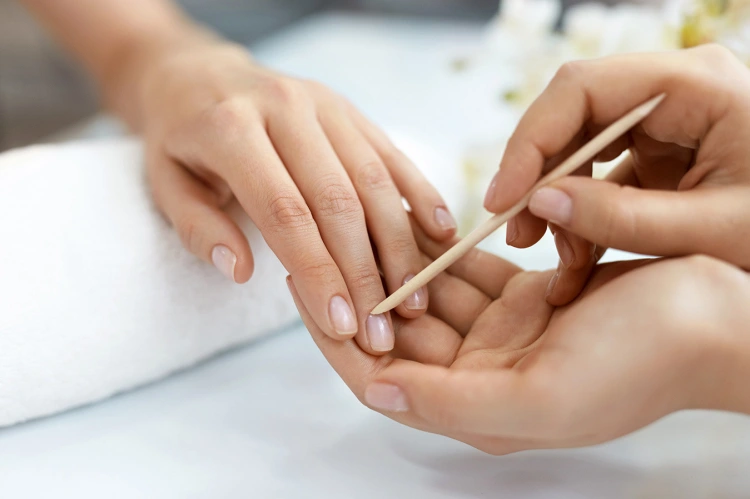Every woman loves to look and feel good, and a manicure is undoubtedly something to pay attention to. Well-groomed nails are part of what makes us feel beautiful. But is the traditional way of taking care of your nails the best? What is a dry manicure? We will answer these questions in the following lines. Keep reading!
What is a dry manicure?
Dry manicures are not actually a new technique, although they are currently experiencing a peak of popularity as more and more instructional videos of this kind are posted on social media platforms. Most manicurists practice the traditional approach before proceeding to the actual nail design. It is this process that differentiates dry manicures from wet (traditional) ones.
Most likely, the last time you were at the manicurist, they soaked your hands in water to soften the skin and make the procedure of cuticle removal and nail shaping easier. Well, that’s the big difference between the two techniques – wet and dry.
Dry manicure excludes the use of water. The advantages of this way of taking care of the nails and the skin around them is much more beneficial for the health and good appearance, as you will find out in a moment.
Why skip the soaking?
Fans of dry manicure are convinced of its advantages over wet manicure. But why is it necessary to avoid soaking the hands? Actually, there is a lot of logic in skipping this step. The main reason is that doing so improves the durability and longevity of the polish, so that you’ll be able to enjoy your beautiful designs for longer. This is because when you soak your hands to soften the skin, this action also affects your nail plates – they change shape and become flatter. As soon as the nails start to dry, they regain their original shape. As a result, the nail polish coating is likely to crack.
The likelihood of infections is also minimized. This is because with a wet manicure the cuticles are removed with sharp scissors, whereas with a dry manicure they are pushed back and the dead skin is removed with an e-file. However, you might be wondering if all this process will dry and damage your skin when there is no water? This will not happen, as experienced manicurists use other moisturizing alternative products, such as oils and vitamin-rich creams. They rub them into the skin immediately after cuticle removal and nail shaping procedures.
What are the benefits of waterless manicure?
If we haven’t convinced you by now that a dry manicure is a good and healthy alternative to the traditional wet one, let us give you a few more reasons to come to that conclusion! Let’s take a look at what are the advantages of this technique:
Suitable for delicate and thin skin
Dry manicure is considered a very gentle technique as it does not involve the use of cutting and sharp tools. The procedure is completely painless and is suitable for women with very thin, delicate skin without the risk of damaging it or exposing it to various infections.
Nail polish lasts longer
As mentioned above, this technique helps make nail polish last longer. When the nail plate is not wet it is in its normal state, that is, it has not changed its shape which prevents the nail polish from peeling.
No peeling cuticles
Unlike a traditional wet manicure, where the cuticles are soaked in water and then removed, they are more likely to continue to peel. Whereas with a dry manicure, this is kept to a minimum.
Protects against bacterial infections
Bacteria grow best in moist environments, so the risk of fungal infections can also be reduced if you choose a dry manicure over a wet one.
Time-saving
Last but not least, we want to mention that a dry manicure saves you time by avoiding the tedious process of soaking your hands in water. Living in our fast-paced world, this is really important!
How to do dry manicure at home?
Follow our steps to make a dry manicure at home:
- Start by disinfecting your hands with a no-wash gel – this will remove dirt and eliminate moisture.
- Make sure your hands and nails are perfectly dry! If needed, remove old polish with a polish remover (it will further degrease the nail plate).
- Take care of the cuticles as it is easiest to use cuticle remover gel. Leave it for a few minutes, then you will easily get rid of the dry dead skin as it comes off easily. Use a cuticle pusher to make the process easier.
- Clean your hands of any gel residue and apply a nourishing hand oil or cream.
- Continue with nail design as usual – apply base coat, then gel and finally top coat.





